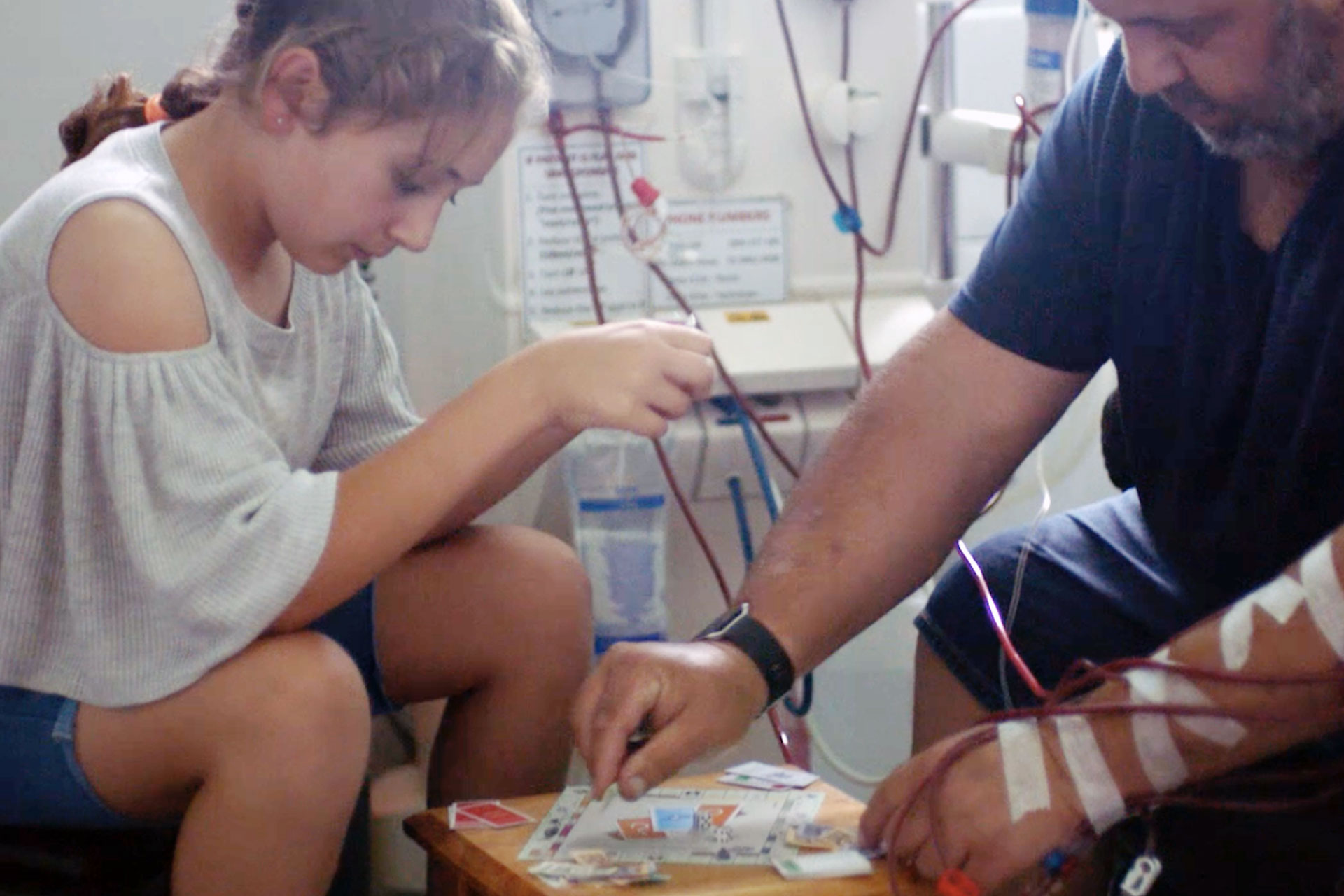-
More than 700,0001 Australians are now affected by cataracts -- the leading cause of blindness globally -- and the number continues to climb, according to new Medibank data.
New findings from the Medibank Better Health Index reveal there has been an upswing in cataract sufferers over the past six years, with 139,000 more Australians living with the condition than in 2010-111, 2.
Echoing these findings is new Medibank member data, which shows there has been a 9.5 per cent uplift in claims for cataract removal procedures over the same time period, rising from 27,927 claims in 2010 to 30,571 in 2017.
Government data shows that cataract removal is now one of the most common elective surgeries taking place nationally -- accounting for 240,000 hospitalisations in 2015-16 -- with the average Australian waiting 93 days for surgery in the public system.
Commenting on the findings, Medibank Clinical Director, Dr Sue Abhary said, “It’s well known that the risk of developing cataracts increases as people get older, however this new data also suggests there’s been a slight rise in the number of Australians affected. The good news is that most cataract surgeries are straightforward procedures, and are available within the public health system under Medicare, as well as privately via health insurance, so help is always available to those who need it.
“If you’re going through the public system, it’s worth checking the average waiting period for cataract surgery in your state, as these can differ greatly depending on where you are, and can be disruptive if you’ve lost some vision and are having trouble with day-to-day activities such as driving.”
READ MORE: Is health insurance better if you need cataract surgery?
Steeper increase amongst older women
Reflecting global trends, the Index shows cataracts are more prominent in women than men, with 4.4 per cent of females affected in the last 12 months, compared to just 3.5% of males. Looking at the trend over time, there has been a marked 5.1% increase in affected females aged 80-plus over the past six years -- rising from 13.4% in 2010-11 to 18.5 per cent in 2016-17. Meanwhile, men in this age group have shown a much leaner increase in the condition, rising by just 1.8 per cent in the same time period3.
“If you notice a gradual deterioration in your vision, it’s important you see an optometrist or eye specialist for a comprehensive eye check. While glasses can improve vision during the early stages of cataracts, surgery may be inevitable in order to improve vision. Those experiencing sudden eye symptoms, such as blurriness or double vision, should speak to a doctor immediately to rule out other conditions which may require emergency treatment.”
Dr Abhary recommends the following tips to maintain healthy eyes and help prevent the onset of cataracts:
- Limit exposure to the sun: The World Health Organization (WHO) estimates that one in five cases of cataracts may be caused by overexposure to UV radiation. With Australia’s sunny climate, it’s important to protect your eyes with sunglasses or a hat.
- Regular eye checks: If you have a family history of eye conditions, such as glaucoma, or suffer from diabetes, it’s important you schedule regular checkups with an eye specialist. This also applies to people taking certain medications, such as prednisolone.
- Stop smoking: It’s no secret that smoking can lead to a number of health issues, including a person’s risk of developing cataracts.
- Check your health insurance policy: If you have health insurance, check whether cataract surgery is included in your policy. Health insurance will not only provide shorter waiting times, but also the ability to choose your eye surgeon, which may provide greater peace of mind.
READ MORE: What should you eat for healthy eyes? Find out everything you need to know about eye health
700,000 Australians now living with cataracts

1. 743,000 Australians aged 18+ were affected by cataracts in the last 12 months.
2. 3.5% (604,000) Australians aged 18+ were affected by cataracts in 2010-11, compared to 3.9% (743,000) in 2016-17.
3. 18.3% of males aged 80+ were affected in 2010-11 compared to 20.1% in 2010-11.
-
Innovating for members living with chronic disease
Medibank is supporting our members living with chronic diseases such as heart disease, arthritis, and diabetes, through our CareComplete programs.
-
Medibank’s palliative care at home trial
Giving our customers choice in where they would like to receive their end-of-life care can provide dignity, privacy and help them retain control over the care they receive.
-
How your phone habits affect your sleep
And what it means for your mental health, hormones and more.
-
Medibank trialling haemodialysis at home
Giving members with chronic kidney disease more choice
-
The origins of western and eastern medicine
Two schools of thought explained
-
Almost half of hospital patients are looking for more support
Find out how Medibank is helping.
Subscribe to receive the best from Live Better every week. Healthy recipes, exercise tips and activities, offers and promotions – everything to help you eat, move and feel better.
By clicking sign up I understand and agree to Medibank's privacy policy






